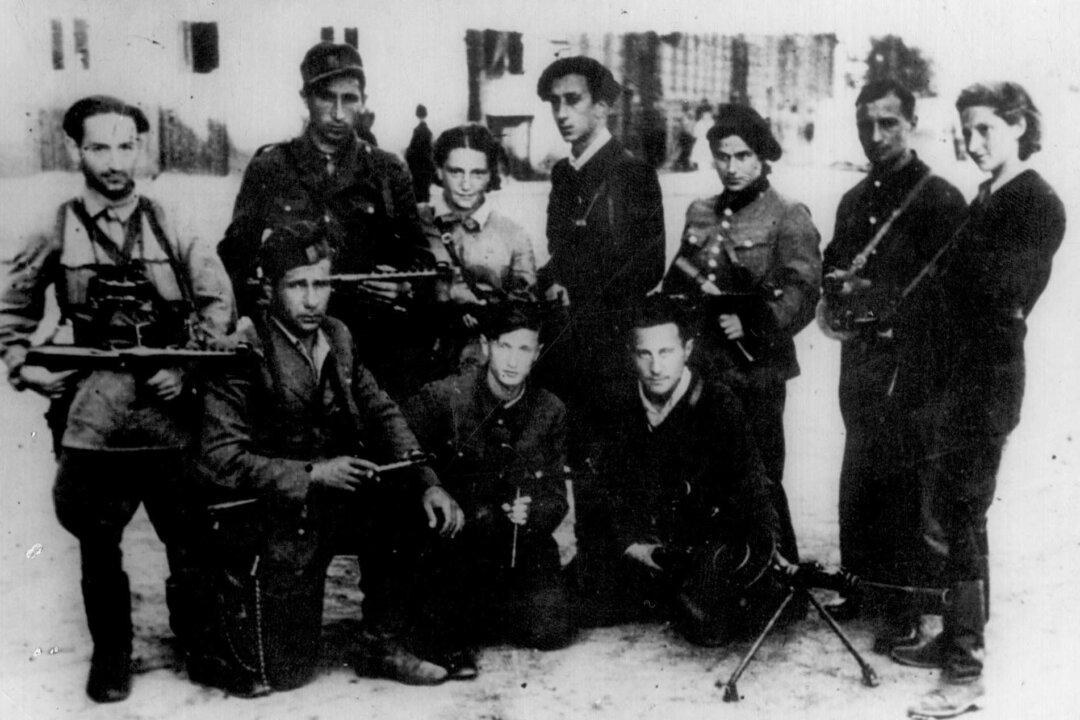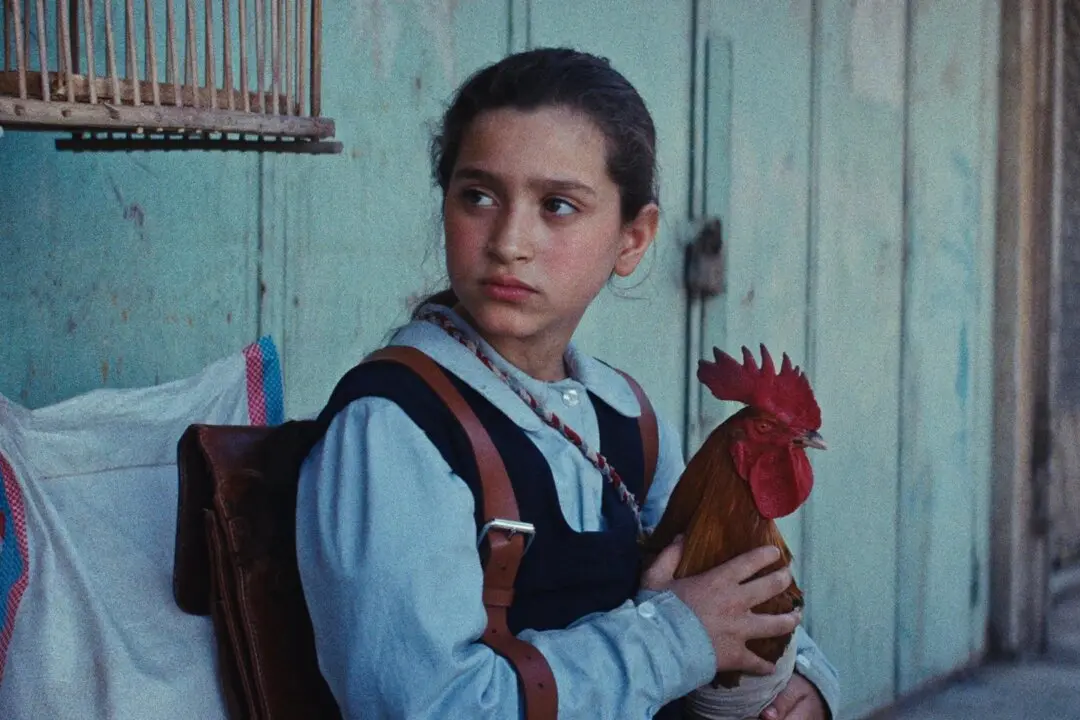Not Rated | 1hr 40min | Documentary | 2024
Six million Jews were murdered during the Holocaust, none of whom went willingly. The expression “sheep to the slaughter” is especially vexing to Jewish scholars and historians of World War II because it is so off-base. Yet despite well-documented acts of resistance, the image of passive Jewish victimhood persists. Filmmakers Paula S. Apsell and Kirk Wolfinger try to permanently dispel that misconception in the documentary “Resistance: They Fought Back.”





